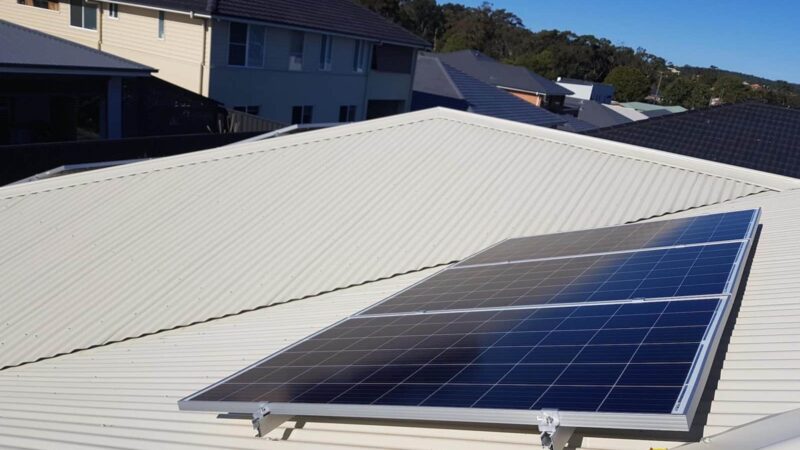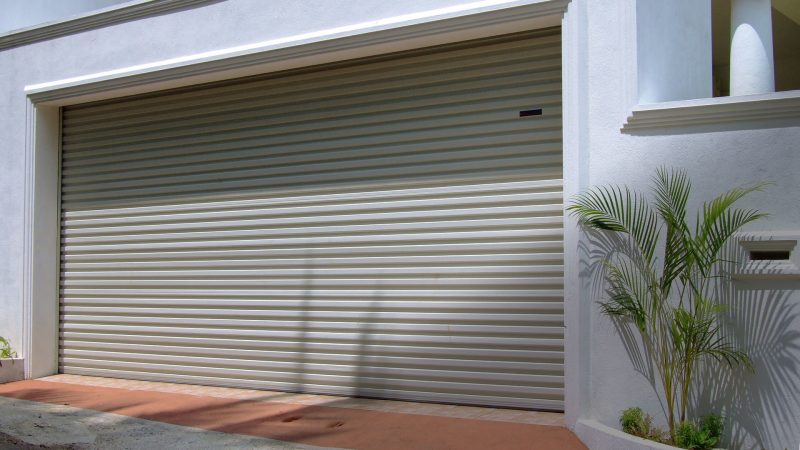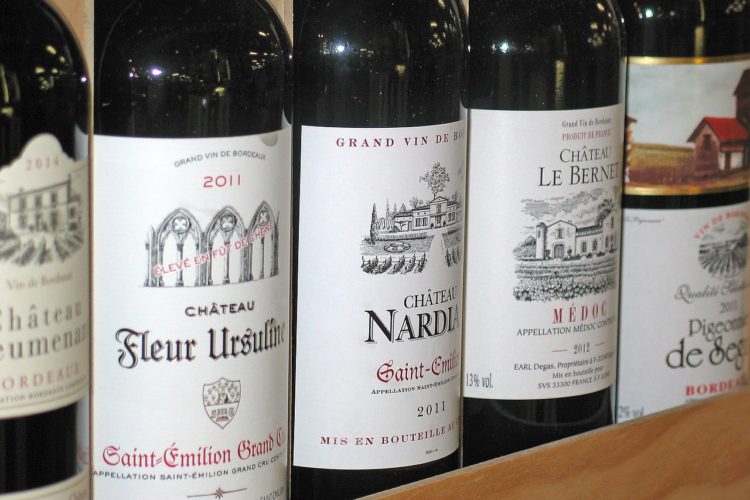The process of producing wine is wine bottles complex and requires many factors, several of which are completely beyond the control of the Winemaker (the one who directs the process of producing the wine). Among the most important factors are the following: area in which the vineyard is located, type of existing terrain, climate, amount of sun and rain, age of the plant, type of grape, time in which the grape is harvested and method of harvesting.

harvesting, how the grapes are wine bottles transported from the vineyard to the winery, method used to unload the grapes, method used to separate the grapes from the branches (de-stemming), maceration time, type of tank in which it is carried out the fermentation process, time during which the wine is aged prior to bottling it, type of tank or barrel in which the wine is aged (stainless steel,
Each and every one of the previously mentioned factors will somehow affect the quality and taste of the wine. However, when drinking the wine, as a general rule we will not have most of the information required to know the factors previously mentioned, and we must depend on our knowledge of wine production and the limited information that the bottle labels.
Unfortunately, many wine producers use the label as a mechanism to market wine, and not as an instrument to guide consumers. That is why we find some labels with photos wine bottles of people, animals, castles, flowers, but with very little information regarding the factors that intervened in the cultivation of the grape, the production and aging of the wine.
There are certain basic data that as a general rule we will find on the labels, (some of them by regulation of the authorities of the country where the wine is produced). Information requirements vary from country to country. Wine bottles Among the most commonly disclosed data are the following: name of the winery, name of the wine, country in which the wine was produced, year in which the grape was collected (add), type of grape.
Aging time of the wine, type of barrel in which the wine was aged, alcohol content, quantity of wine in the bottle (in milliliters), if the wine has been filtered or not, if the one that produced the wine was the same producer that harvested the grapes used, and others. Some producers include additional information such as: recommended time to open the bottle before serving the wine,
As you will see, it is very important to carefully read the information that appears on the main label, as well as that that appears on the wine bottles on the back of the bottle (the counter label) since in many cases it contains much more information than the label on the front of the bottle.









